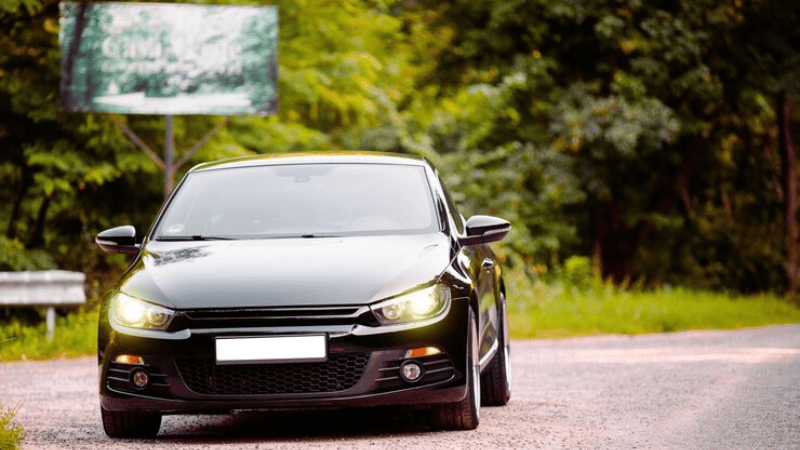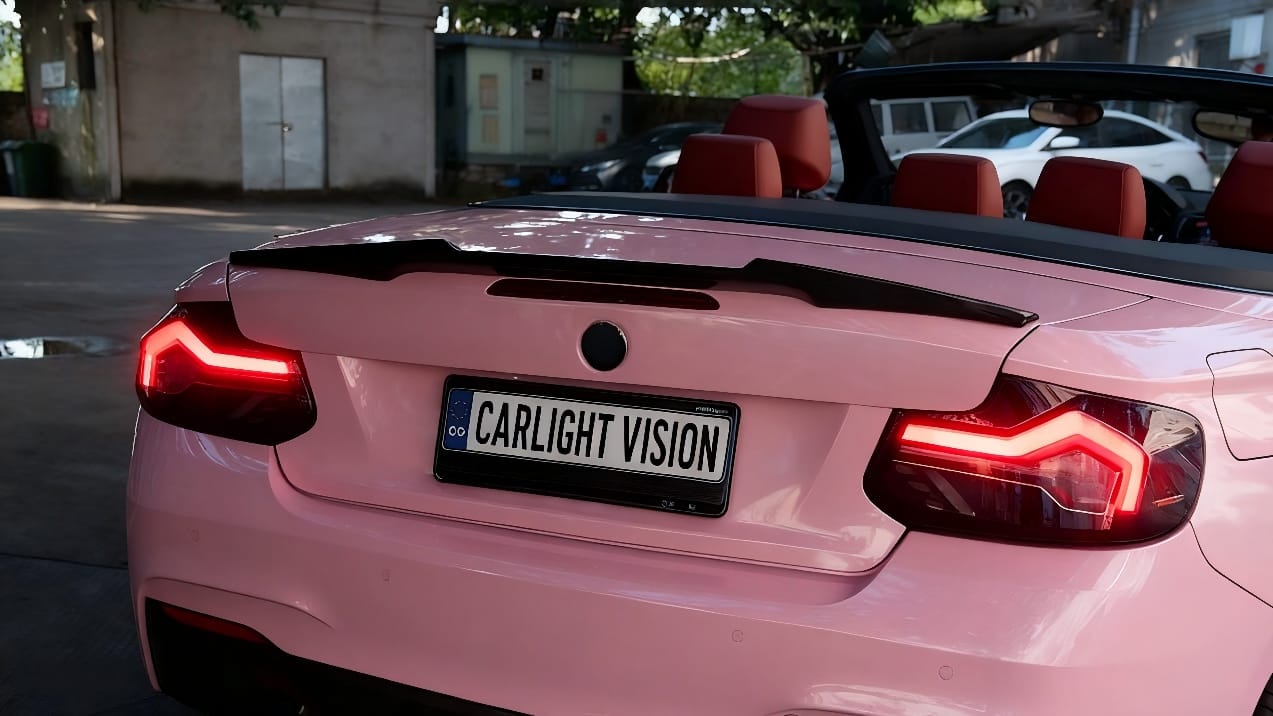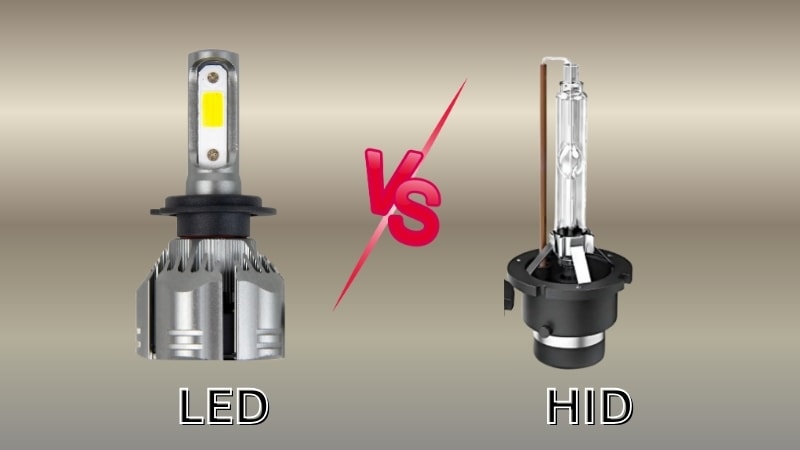Dipped headlights are an essential safety device that improves visibility without putting other road users at risk. Knowing how and when to use dipped headlights improves driving in the rain, approaching a dark tunnel, and driving in fog.
Your control will be significantly improved, and the likelihood of an accident will be significantly minimized.
What Are Dipped Headlights, and How Do They Work?
Dipped-beam headlights, also known as full-beam headlights, are the type of headlights people use most often for night driving or on rainy days.
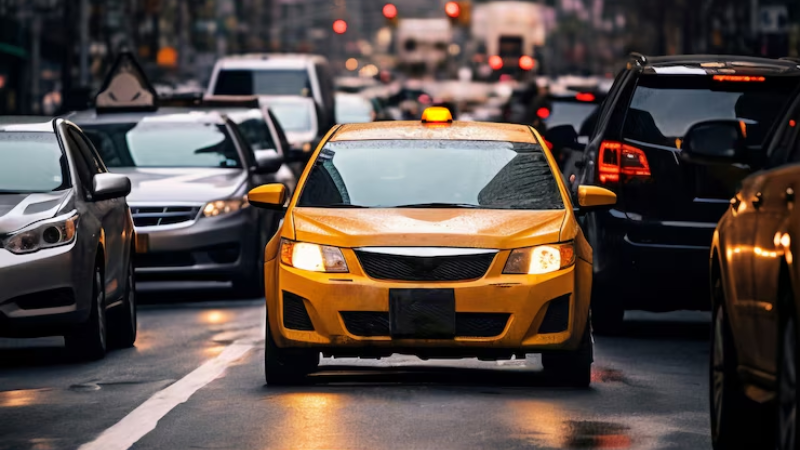
They are named “dipped” because the beam of light is directed down onto the road and not blinding ahead in the event of full-beam headlights. This design uses perfect colour temperature and cutoff lines pointing straight.
Why? So that you won’t be blind to oncoming traffic or the people in front of you — all about being safe and friendly on the road.
They are bright enough so that you can see the road ahead of you, notice potential hazards, and stay in your own lane position, but not bright enough to produce glare.
They use both single and dual-beam headlights to provide added security and function.
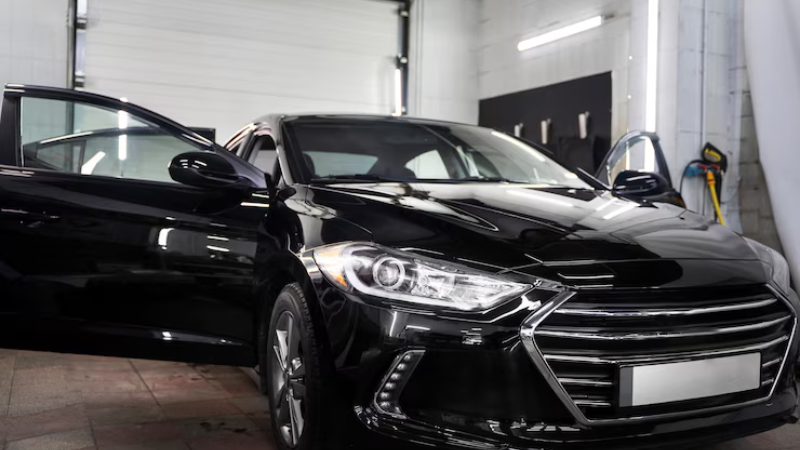
According to the Highway Code, you’ll use dipped headlights at night, in fog, rain, or snow, or when driving through tunnels or dark roads. Basically, whenever it’s hard to see and there are other vehicles around, dipped headlights are the safe choice.
There are many benefits of using LED dipped headlights during the day and night. They enable you to see ahead safely without dazzling other drivers. If the only lights you have available in those circumstances are dipped lights, your rear lamps will be turned off, leaving your car less visible.

Dipped lights will cause you to remain in the sight of other front and rear road users, which is safer for everyone. This increased visibility is due to their luminous intensity.
High beams are used for empty, dark roads. Dipped beams are used for all other situations, particularly if other individuals or high-beam headlights are present. Dipped beam headlights are safe and effective low-beam headlights.
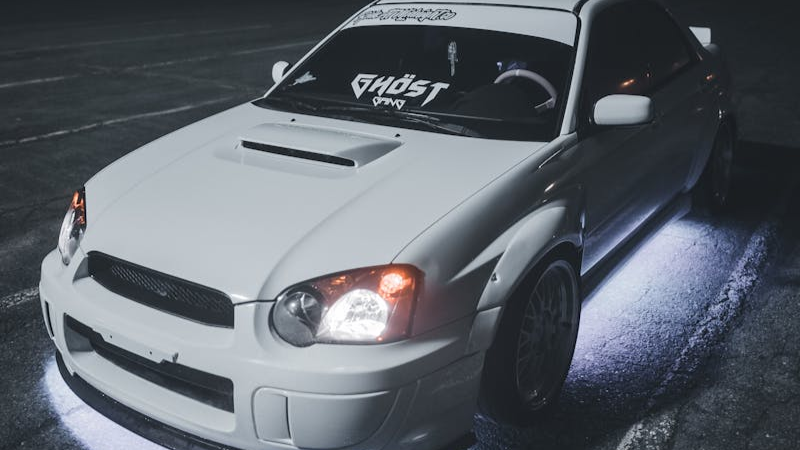
How To Turn On And Change Dipped Headlights
Using dipped headlights or correct color fog lights differs from car model to car make, although it is usually accomplished through an operator switch or turning knob somewhere around the steering column.
You must familiarise yourself with your car’s photometric distribution to use it economically and effectively while driving in inclement weather.
Adjustment is also required—high beams have to be adjusted in such a manner that the beam travels to the correct distance forward without impairing others’ eyesight.
Drivers need to check the beam pattern and light intensity from time to time, check the dashboard and brake lights that reflect their operation, and fix any issues, such as a dead bulb or wiring issue, and automatic headlight sensors, as soon as they arise.
Headlight lenses must also be cleaned for brightness and clarity.
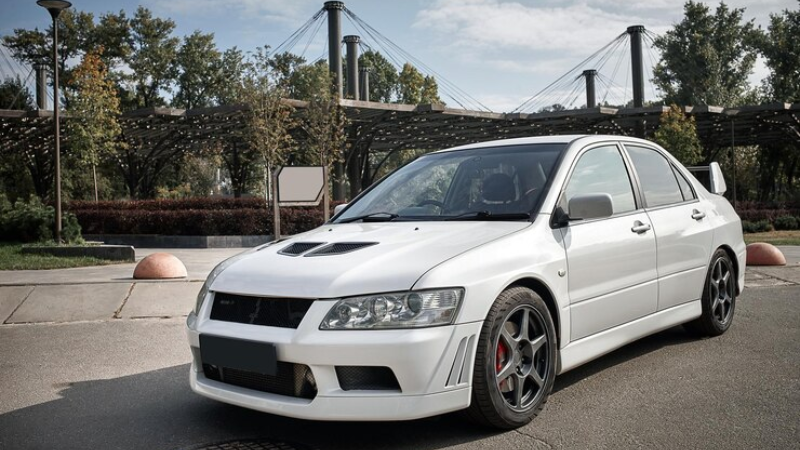
When Do You Need to Use Dipped Headlights During the Day?
There are several scenarios when, during the day, dipped headlights become essential. All except the least developed countries require them to be used in adverse weather or when visibility drops below a specified level.
Heavy rain, fog, snow, and clouds are conditions in which dual filament bulbs are crucial. Drivers also need to use dipped headlights when entering tunnels, shaded rural roads, or roadworks, where short-term lighting modifications can reduce visibility.
While Daytime Running Lights (DRLs) are brighter and do make your car more visible, they don’t illuminate the road and therefore never replace dipped headlights or main beam lights in low-visibility conditions.
The deployment of dipped headlights and daytime running headlights in low-visibility conditions improves both your vision and your visibility to other road users.

Dipped Headlights Vs. Main Beam Headlights – Key Differences
Dipped beams and main beams also differ in usage and must be utilized as such to guide other road users to safety. Weaker beams, known as dipped beams, project downwards. They can be driven in the city, in mixed traffic, and with other vehicles.
The ones that are brighter, typically halogen bulbs, are known as main beams that shine forward to light up far distances. They would be best for rural roads or motorways with no streetlights, where there is hardly any possibility of blinding other drivers.
Misuse of main beams—especially in rain, fog, or overtaking another car—leads to temporary blindness and risk of an accident. When overtaking a vehicle in front closely or approaching oncoming vehicles, dipped headlights should be used.
Main beams have high luminous flux, which can be reflected by rain, fog, or snow particles and back into the eyes of the driver, leading to reduced visibility instead of enhanced visibility. Properly switching between beam types is not only courteous—it’s also a safety and legal concern.
Failing to dip your lights when required can lead to accidents as well as fines. Knowledge of when and how to employ both beam types helps in maintaining safe distances and freer lines of vision in all driving conditions.
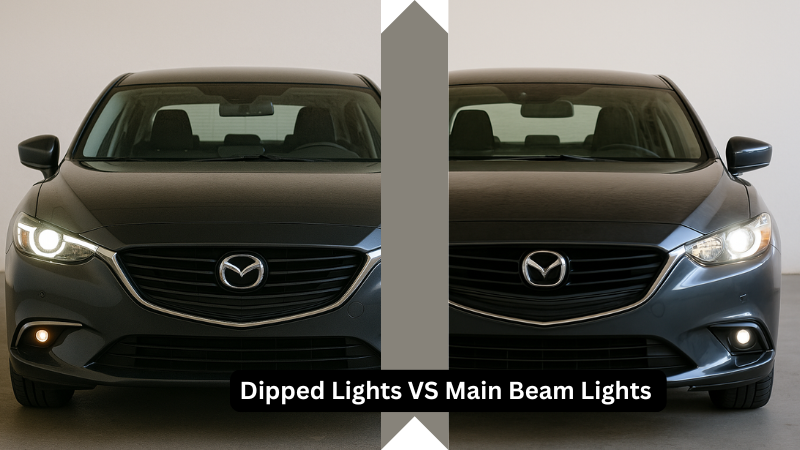
Ensuring your headlight housing is functional and extending this courtesy to everyone on the road keeps everyone safe and avoids unnecessary danger.
Here is a detailed table for more clarification:
| Feature | Dipped Headlights | Main Beam Headlights |
|---|---|---|
| Light Angle | Aimed downward | Aimed straight ahead |
| Brightness | Medium brightness | Very bright |
| Use In Traffic | Safe for use with other cars around | Not safe for traffic — can cause glare |
| Best For | City roads, rain, fog, tunnels | Dark, empty rural roads |
| Glare Risk | Low | High |
| When to Use | At night in urban areas or bad weather | On empty roads with no oncoming traffic |
Dipped Headlight Laws – Legal Consequences & Compliance
For most locations, the use of dipped headlights under conditions of low visibility is compulsory. Failure to turn them on in good conditions can result in warnings or, even worse, penalties, especially if your lights are faulty or poorly adjusted.
Either or both of your dipped headlights being out of order is not only dangerous but illegal in most locations. To be lawful, utilizing DOT or ECE-approved headlights is recommended.
In addition to general vehicle inspection during routine checks, you should also know how to replace headlight bulbs. Bulb condition, headlamp aim, and performance should be monitored. Having high beam and low beam isn’t merely a law—it’s an integral component of driving safety.
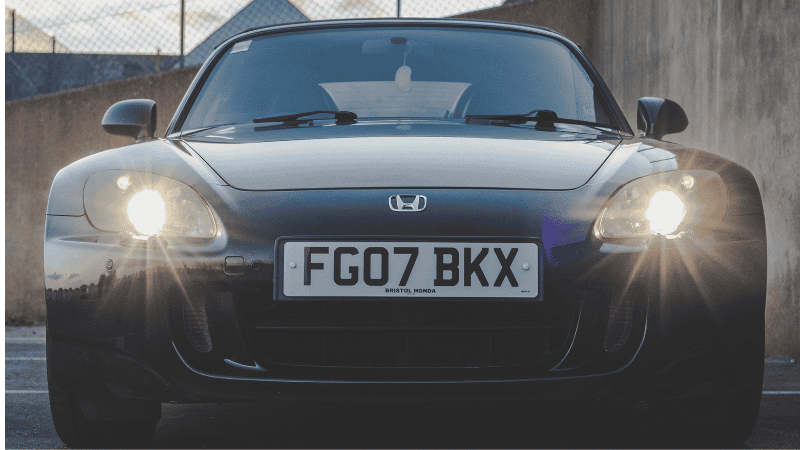
Other Safe Driving Practices
Being a friendly driver on the road matters the most. Move to dipped lights when passing against traffic or while tailgating a car to avoid glare.
This is a simple custom that enhances overall road safety. On bad weather days, flash your hazard lights to alert others that you’re stopping or there’s an obstacle on the road. Dipped headlights help you see more and also help others see you, especially on rainy or foggy days or in wet conditions.
On sunny days, however, your use of dipped headlights and daytime running lights can contribute to making yourself more visible, particularly in unpredictable weather conditions. But make sure to choose the correct daytime running lights and dipped lights for proper usage.

Conclusion
Proper use of dipped headlights is something more than a switch change – it’s considerate driving. Practicing how to use them correctly can greatly help to improve visibility, meaning you’re not only taking care of yourself but also helping to make the roads safe for everybody else, too.
Accelerate Your Product Innovation with Carlightvision’s Lighting Expertise
If you belong to the automotive industry and require high-quality headlight solutions, Carlightvision is your B2B business partner. Our product range includes 1:1 plug-and-play, CANbus lamp, Bi-LED headlights, and many more lighting solutions.
Call us today or request a quote from a better automotive light output supplier! Choosing the right dipped headlights isn’t just about compliance—it’s about giving your customers confidence on every road.
FAQs
Q1: When do I not use main beams?
Don’t use main beams when travelling in heavy traffic, fog, rain, or snow, since intense light has the tendency to ricochet off water and impair your vision while dazzling other drivers.
Q2: Can I continue to drive with one working dipped headlight?
No. One working dipped headlight will be a penalty and is unsafe by reducing visibility and making your vehicle less visible to oncoming drivers.
Q3: Are automatic lights dipped headlights?
Yes, most cars, especially most modern cars that are equipped with automatic lights, will dip automatically in adverse light. However, the need to manually check and override the system still exists if conditions dictate.
